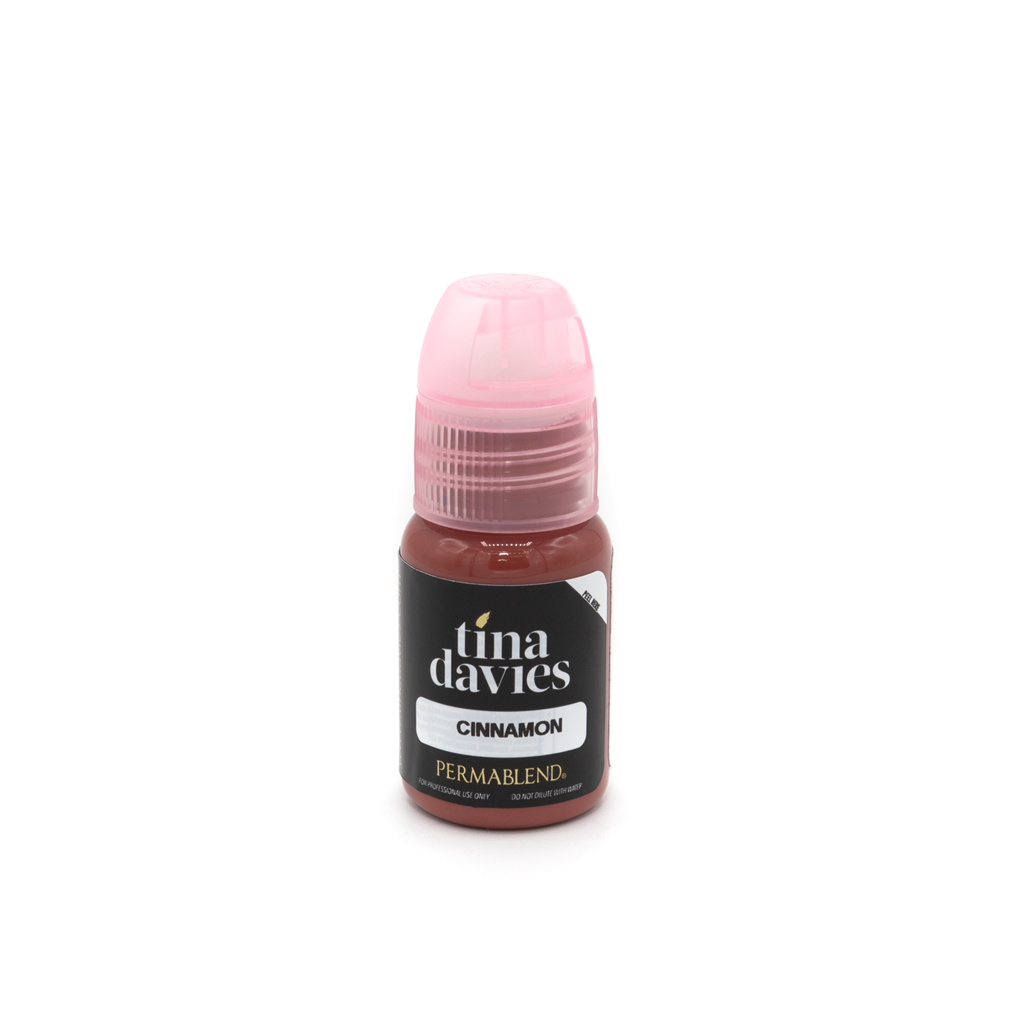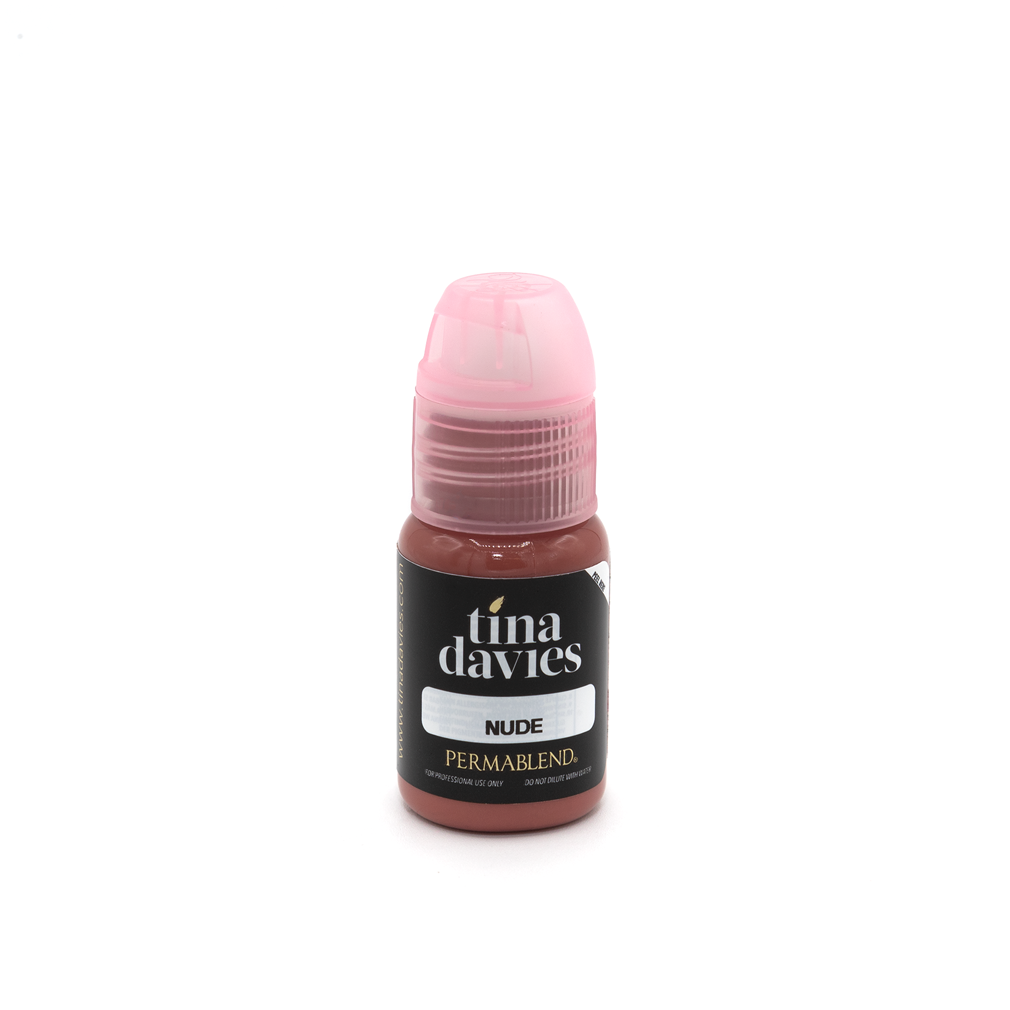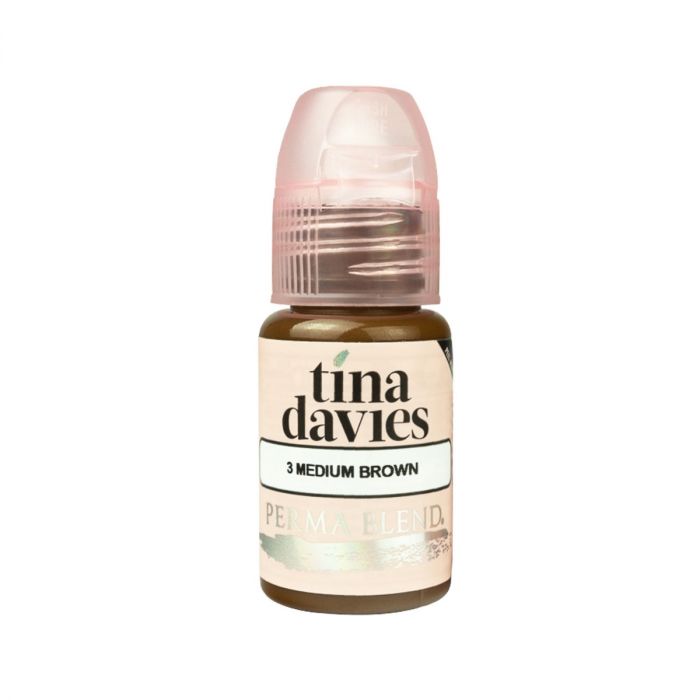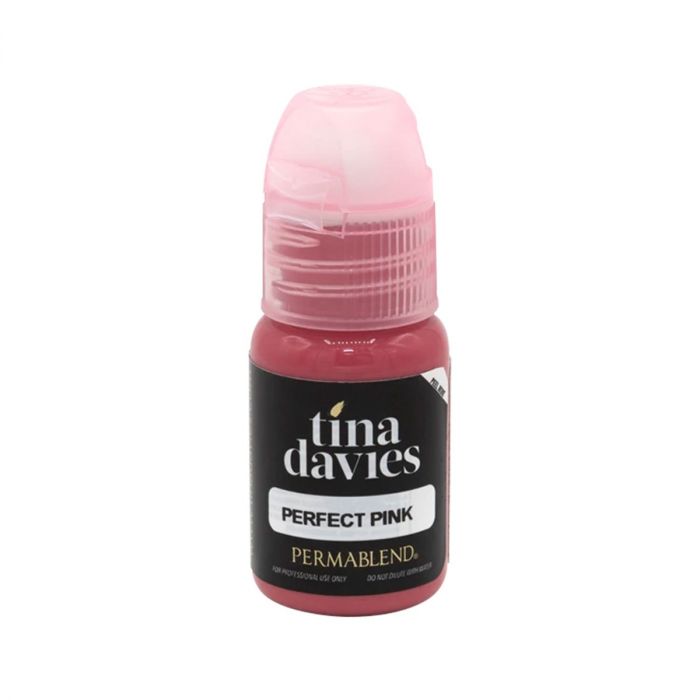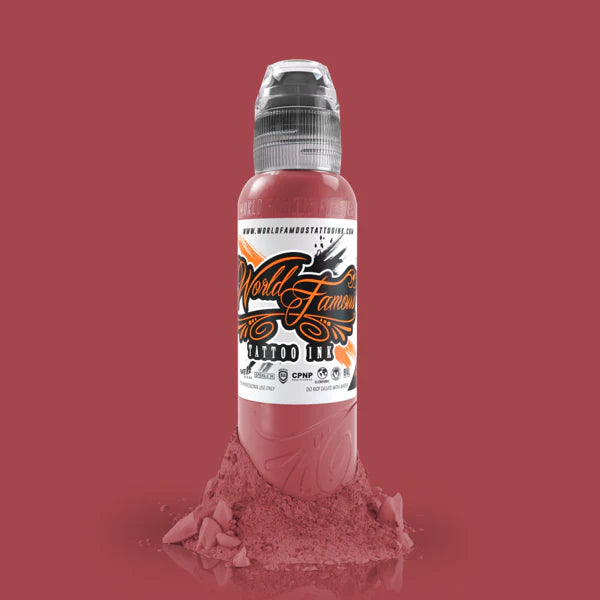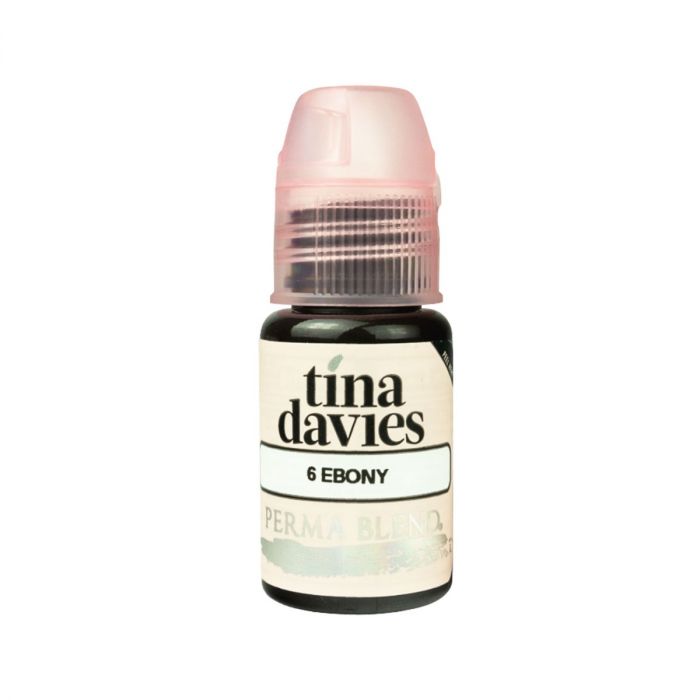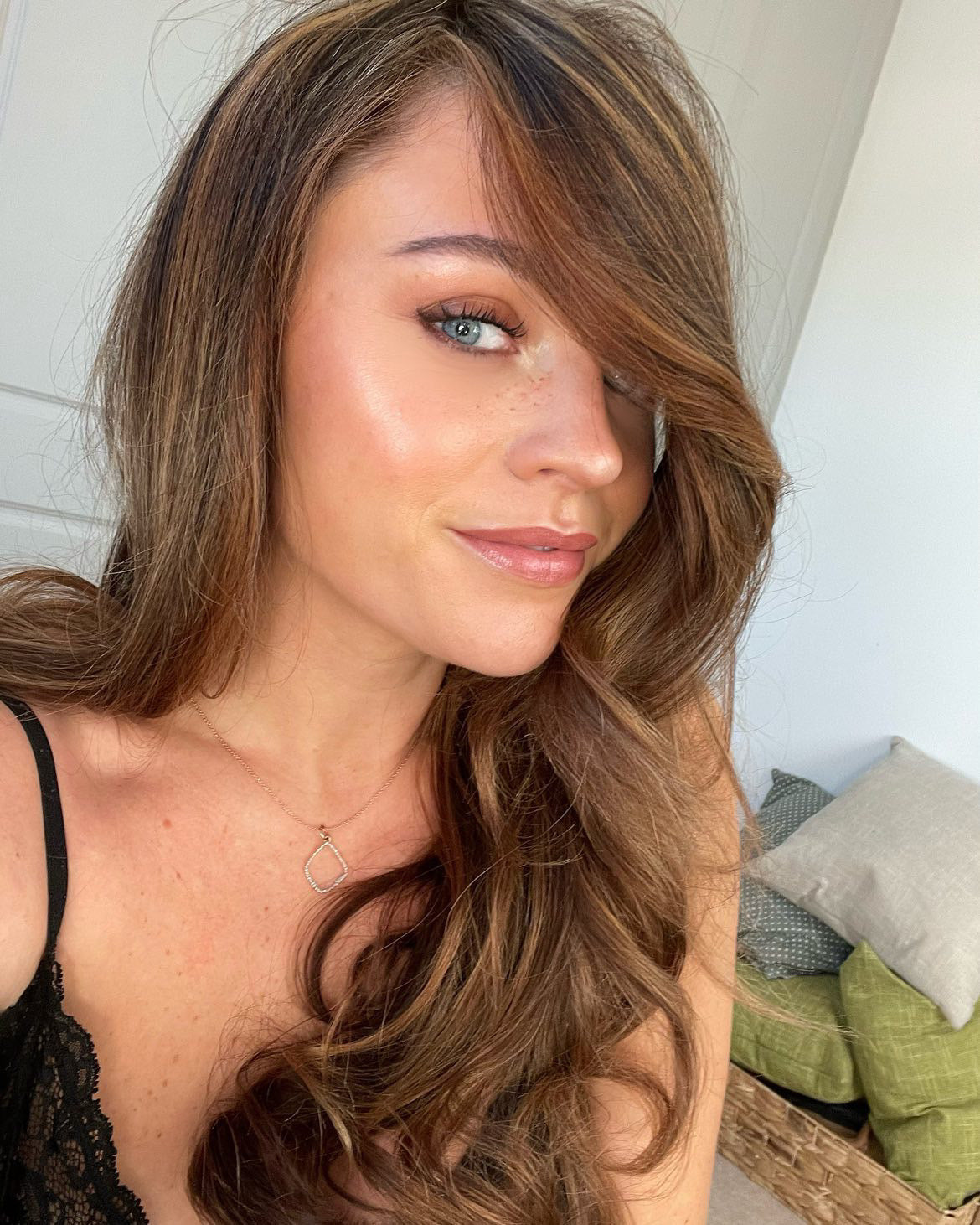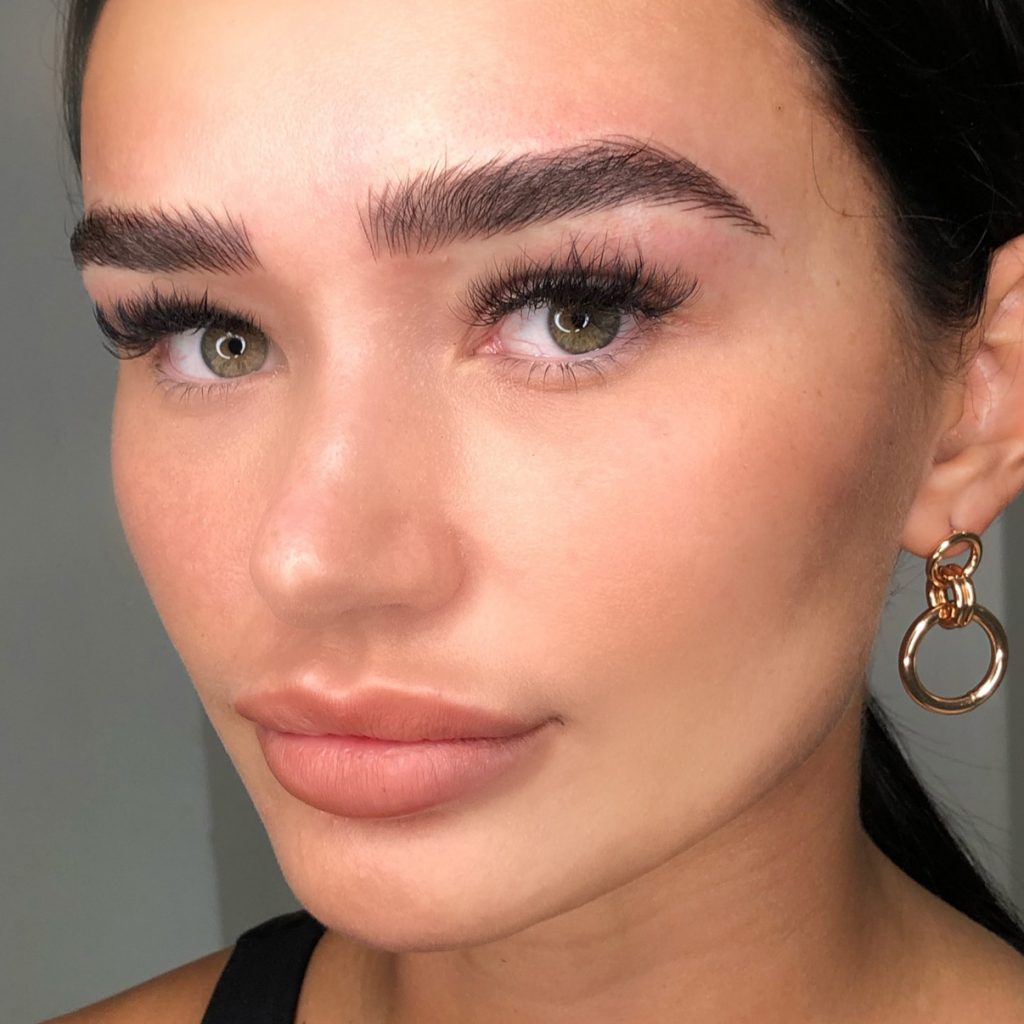Everything You Need To Know About Lip Neutralisation.
The semi-permanent makeup industry has enjoyed unprecedented growth over the last five years. The eyebrow tattoo is undoubtedly iconic, with many of our favourite celebrities sporting flawless brows 24/7. However, whilst microblading and micropigmentation (a.k.a, the signature Ombre Brow) may have put semi-permanent makeup on the map, eyebrows are not the only target for makeup permanency. In fact, semi-permanent lip blush has surged in popularity over the last few years and is fast becoming one of the most popular cosmetic procedures available today.
Lip blushing is a cosmetic tattoo designed to enhance the natural beauty of the lip area. Using coloured pigment, the lip blush technique aims to improve the shape of the lip, ultimately helping to create the illusion of fuller, more defined lips without the need for fillers.
However, for those with darker, hyper-pigmented lips, the lip blush technique is not always a viable option.
To create a pinker pout, dark lips must first undergo a process called ‘lip neutralisation’. Whilst lip blush requires injecting red/pink pigment into the lip area, often to make them darker, lip neutralisation involves lightening the area to achieve the same results.
In this blog, we are going to discuss what lip neutralisation is, the benefits of the procedure, how it differs from lip blush, and what to expect from the treatment.
What is lip neutralisation?
Lip neutralisation is a specialised treatment for those with cool, or dark-toned, lips. It is a procedure often performed on clients with darker skin tones or those whose lips have darkened over time due to weather conditions, hyperpigmentation, or underlying medical issues.
It involves injecting neutralising ink pigments into the lip area to balance darker tones and enhance the natural lip colour, shape, and symmetry. The treatment creates a subtle, rather than saturated, effect to ensure natural-looking results. Whilst injectables (lip fillers) are great for adding permanent volume to the lip area, lip neutralisation is perfect for adding definition and fullness.
What are the benefits of lip neutralisation?
Lip neutralisation has many benefits for those who decide to take the plunge. Most obviously, it creates lighter, pinker-looking lips, meaning the amount of time spent applying lipstick, lipliner and lip-gloss to the area is significantly reduced.
The treatment can also boost pigmentation in dark or ageing lips, enhance lip symmetry and colour-correct scarring. It is also a brilliant technique for creating fuller-looking lips without the use of injectables or surgery.
What to expect from a lip neutralisation procedure?
As lip neutralisation can be a complex procedure, only to be performed by specialised technicians, the treatment is often broken down into 2-4 sessions. We have explored the details of each session below.
First Stage: Consultation.
It is always important for a client to attend an initial consultation with their chosen practitioner. This allows both sides to truly understand what the client hopes to achieve from the treatment. It is also a chance for the practitioner to explain exactly how the process works, and what the client can expect by the end of the entire course.
Second Stage: First Session.
During the first session, a neutralising pigment is injected into the area to correct the cool tones in the lips. Blue shades are neutralised using an orange-based pigment, and yellow ink is used to balance purple tones.
Third Stage: Second and Third Sessions.
Unlike the lip blush technique, it may take 1-3 sessions of lip neutralisation to achieve the desired result. Each session is scheduled at least six weeks apart and the practitioner should adjust their technique to meet individual requirements.
Fourth Stage: Lip Blush.
Once the lips have been neutralised and made a few shades lighter, a client is then able to undergo a lip blush treatment if desired. This means that they can choose a specific colour to inject into the lip area to create a fuller, pinker-looking pout.
How to prepare for a lip neutralisation procedure.
Though lip neutralisation is a fairly low-risk procedure, there are some circumstances in which the treatment should be avoided. These include:
- If you are pregnant or nursing.
- If you are taking blood-thinning medication.
- If you suffer from cold sores.
Before booking in for any semi-permanent makeup procedure, it is always a good idea to check in with your practitioner to assess any potential risks.
For optimal results, make sure you do the following prior to any procedure:
- Exfoliate the lips for three days before your procedure.
- For 48 hours before your appointment, make sure to avoid any type of blood thinner. These include alcohol, coffee, ibuprofen, Tylenol, aspirin, and fish oil.
Potential side effects of lip neutralisation.
As with any permanent or semi-permanent procedure, a lip neutralisation treatment may cause infection or trigger an allergic reaction. Poor technique can also result in uneven application and unsatisfactory results. That is why it is so important to choose a licenced technician that only works with sterile equipment and has lots of experience.
Most side effects associated with lip neutralisation are mild. Most clients will experience some degree of swelling and increased redness. Some clients may suffer bruising around the area, although this is less common.
Lip neutralisation aftercare.
Following your lip neutralisation procedure, it is important to adhere to the instructions provided by your technician. During the first few days after your procedure, the lip area may experience a little discomfort and swelling. However, this should subside within a few days.
For the first four to eight hours following your procedure, you may want to apply an ice pack for ten to fifteen minutes at a time to reduce any swelling and discomfort.
If scabs begin to appear, do not pick, scratch, or rub the treated area. Certain balms or creams can be used to ease discomfort or irritation. However, always consult with your technician on the best options. Avoid using soap, cleansing products or makeup on the affected area for at least seven days following the treatment.
So that’s it! Absolutely everything you need to know about lip neutralisation.
Looking for a qualified lip blush technician? At Cosmedic Supplies, we are represented by some of the UK’s most talented semi-permanent makeup technicians. For lip blush and lip neutralisation, visit www.hushhbyharley.com (@hushhbyharley) or @kelly.permanentbeauty to book your initial consultation today.
Are you a technician looking to purchase the best lip neutralisation tools? Head over to www.cosmedic-supplies.co.uk to browse our extensiverange of semi-permanent makeup supplies.

